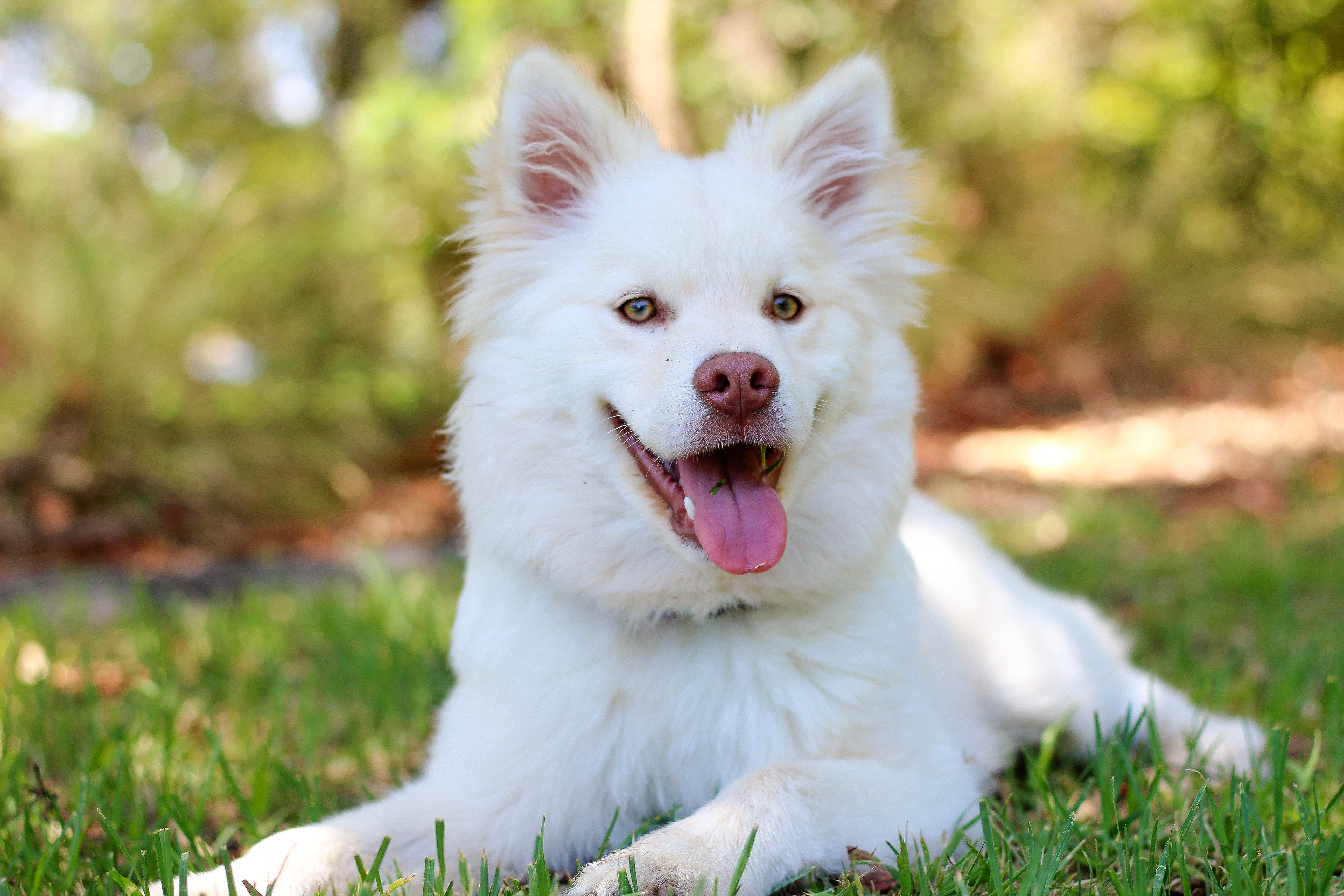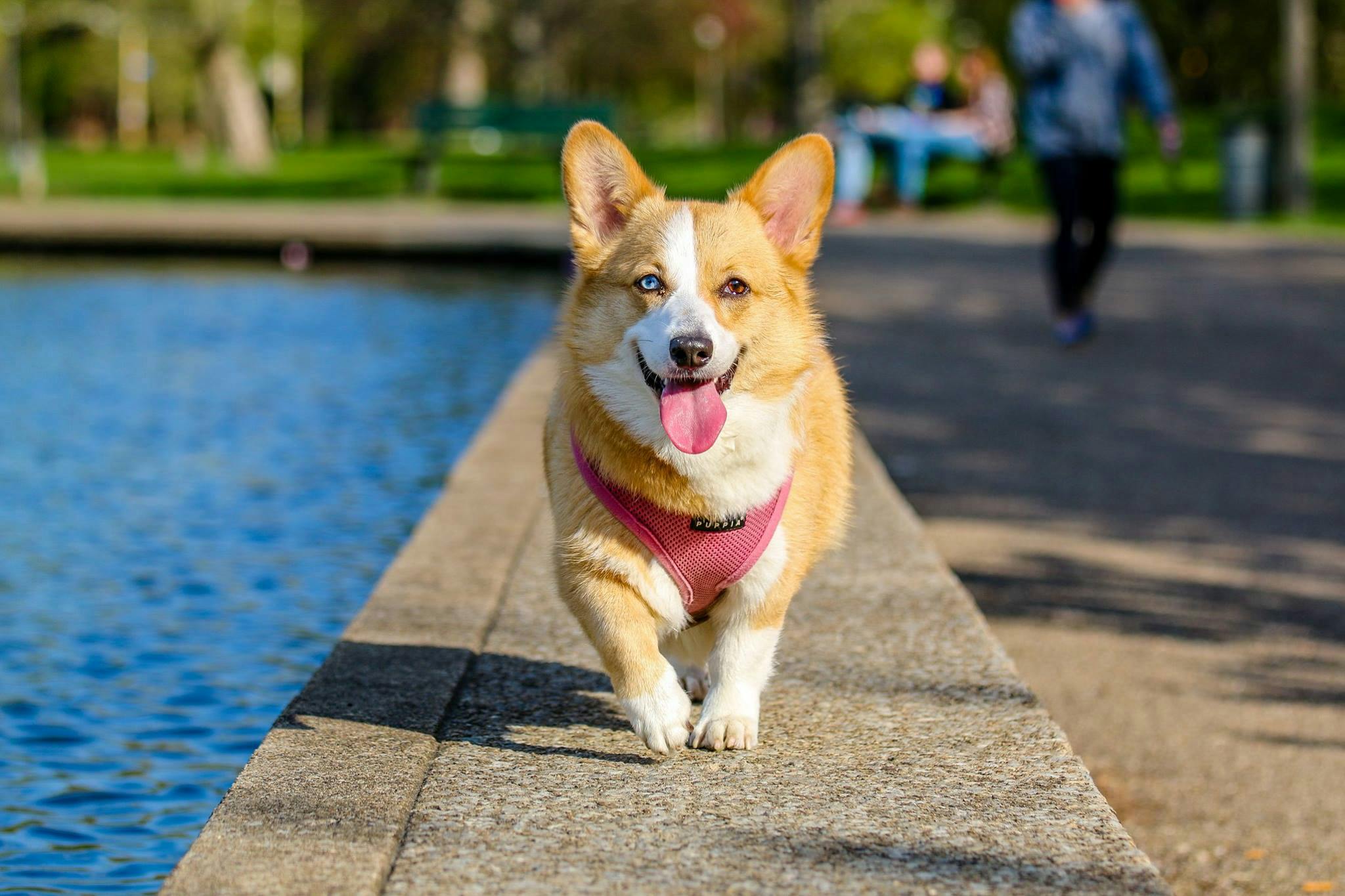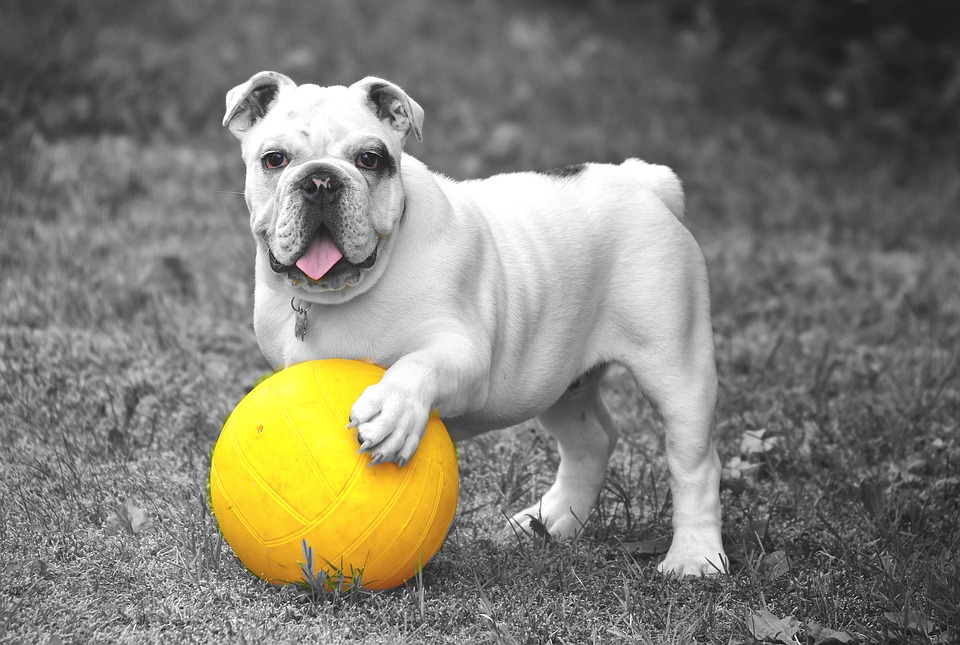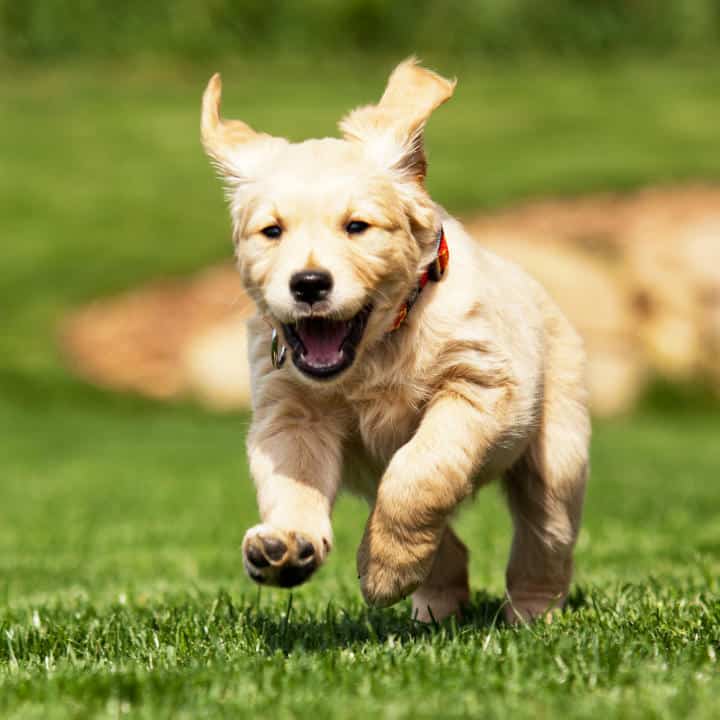 If you’re a dog parent like I am, you probably want to provide the best possible nutrition for your fur baby—but should that nutrition include grains, gluten, both, or neither?
If you’re a dog parent like I am, you probably want to provide the best possible nutrition for your fur baby—but should that nutrition include grains, gluten, both, or neither?
First of all, let’s talk about grain vs. gluten free. Gluten is only contained in certain types of grains like wheat, barley, and rye. So while gluten free food won’t necessarily be grain free, grain free food will always be gluten free.
But what’s best for your pup? Dogs don’t need to be gluten or grain free as a species. They do however have more specialized digestive systems than we do, so they may benefit from either a lower-grain diet or a completely grain-free diet.

Some signs your dog may be experiencing some trouble digesting grains are:
- Excessive Flatulence
- Diarrhea
- Rash or skin irritation
- Chronic licking/biting/chewing to relieve an itch
- Vomiting
- Frequent Ear Infections

And just like people, some will have allergies, digestive issues, or intolerances to certain ingredients.
Some signs of allergies are:
- Itchiness
- Excessive Hair Loss
- Bald Patches
- Inflamed Skin
- Sores and Scabs

If you and your vet determine that a grain-free diet is what’s best for your dog, make sure not to switch all at once. Slowly introduce the higher-protein food into their diet by mixing a higher and higher ratio until you have completely transitioned. This will help your dog get used to digesting the new food.

But remember, before you leap to the conclusion that your dog is probably gluten-intolerant if they’re having an issue, check with a vet—beef and dairy are the most common allergies found in dogs. Very few are gluten or grain intolerant, so a grain and/or gluten-free diet isn’t necessarily the best option for their balanced nutrition. Vets will know how to test for specific allergies, and will help you make the best choices to get your pooch on the path to a happy healthy life!


